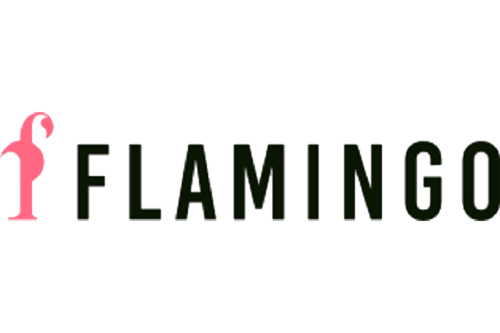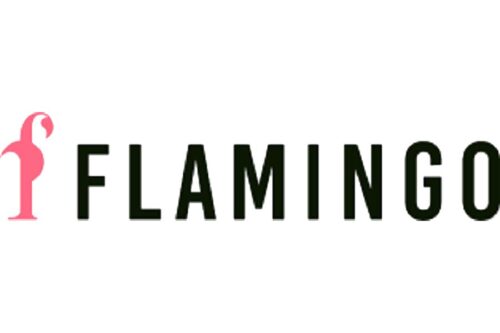Flamingo, a women’s clothing retailer, crafts trendy and accessible fashion for contemporary lifestyles. Emphasizing online sales, they blend comfort with style, catering primarily to the young, fashion-forward demographic. Market presence is strong in the e-commerce space with a global customer base.
Meaning and history
Flamingo started as a vision to democratize fashion, bringing chic yet affordable attire to women globally. It evolved quickly, harnessing e-commerce to reach fashionistas everywhere. Initially, it focused on staple items, but it grew to offer a full range of clothing, from workwear to leisure. Throughout its journey, the company maintained its private ownership, shrouded in confidentiality to foster a competitive edge.
With a nimble approach, Flamingo adapted to changing fashion tides, innovating its production to include sustainable materials, responding to a growing eco-conscious consumer base. They’ve optimized supply chains to ensure rapid turnover of styles, staying ahead in the fast-fashion race. In its evolution, Flamingo has not publicly disclosed ownership changes, suggesting stable management with a steady vision for expansion and a commitment to its core demographic of young, style-conscious women. This journey reflects a strategic blend of trend-awareness and operational agility, ensuring relevance in the dynamic fashion market.
Today
The logo composed of the word “FLAMINGO” in bold, uppercase lettering. To the left of the text, there’s a stylized depiction of a flamingo. This icon is simplified to its most elemental form, capturing the bird’s essence through a singular, fluid line that suggests the shape of the flamingo’s distinctive body and curved neck. The color palette is minimalistic, using a soft pink hue for the flamingo, which contrasts against the dark tones of the letters, invoking a sense of elegance and modernity. This design embodies the company’s focus on simplicity and grace.








